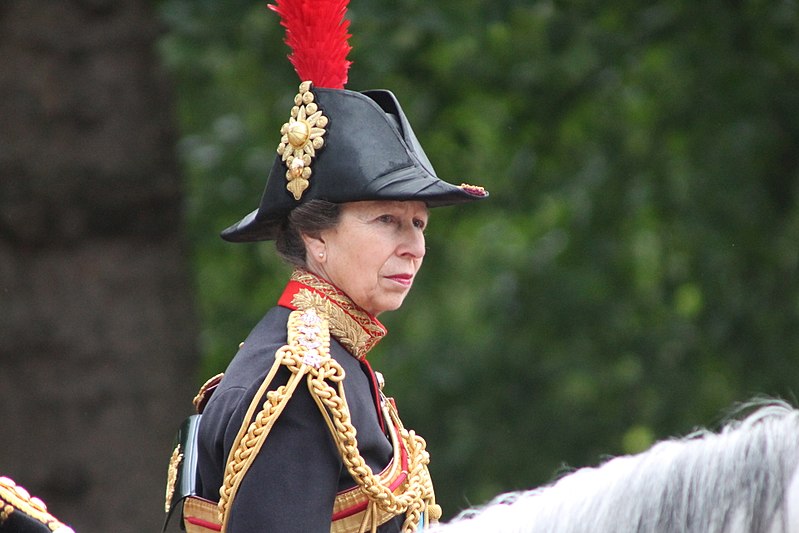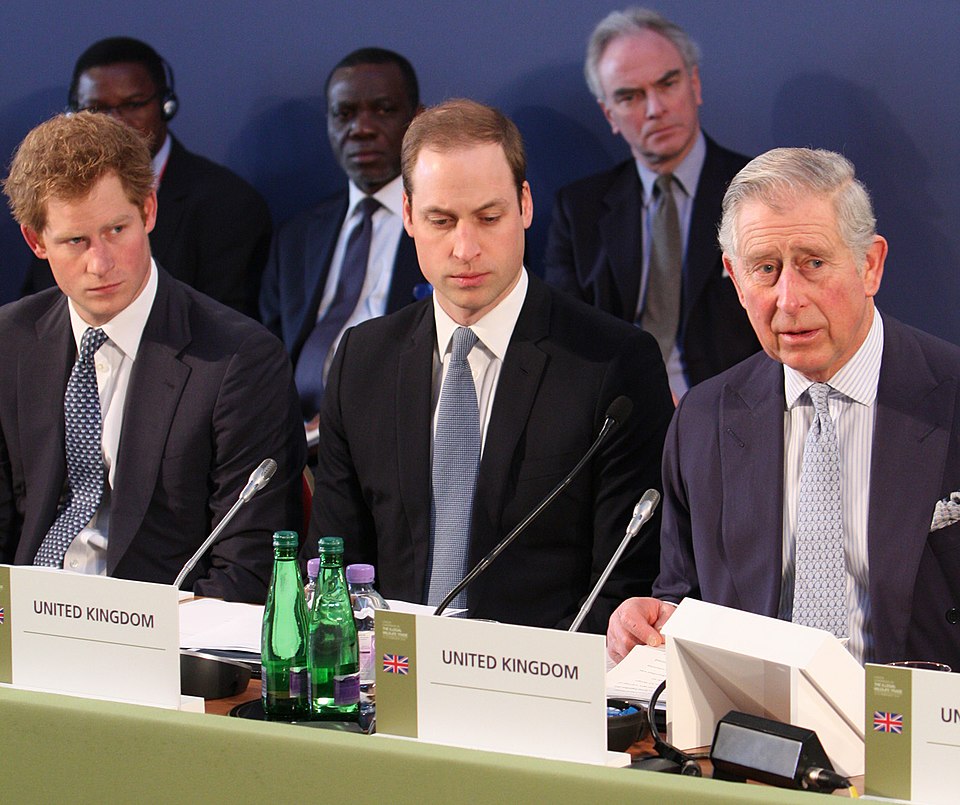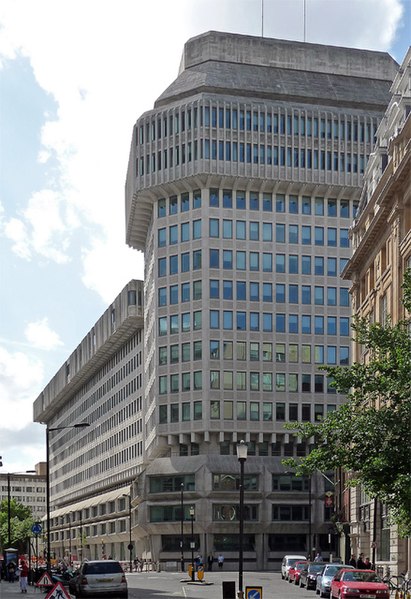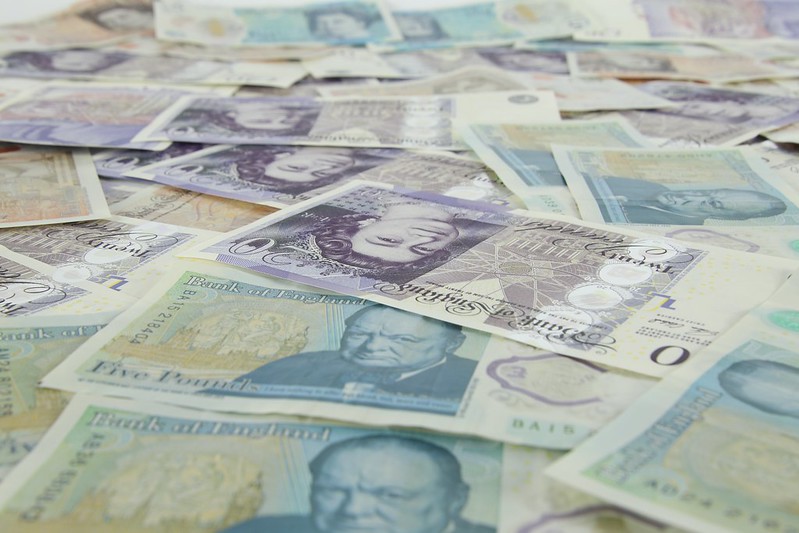
Anne has long been a popular name among English queens, yet it all but disappeared from royal use after the 18th century. That was until 1950, when the future Queen Elizabeth II chose it for
her only daughter. But why was the name, which had fallen out of royal favor, chosen for Princess Anne?
The answer lies in an earlier chapter of royal history, dating back to the summer of 1930 and the birth of another princess. On August 21st of that year, the Duke and Duchess of York—later King George VI and Queen Elizabeth (the Queen Mother)—welcomed their second daughter at Glamis Castle. They intended to name her “Ann.”
In her official biography of Queen Elizabeth, the Queen Mother, William Shawcross cites a letter in which she wrote to Queen Mary:
"I think Ann of York sounds so pretty, and Elizabeth and Ann go so well together. I wonder what you think?"
However, Queen Mary and King George V were less than enthusiastic. They pushed for the name Margaret, in honor of Margaret of Scotland. In the end, their wishes prevailed, and the princess was christened Margaret Rose on October 30th, 1930.
Two decades later, George VI and Queen Elizabeth finally saw their preference honored when their first grandchild was named Anne. It is likely that their daughter, now Queen Elizabeth II, chose the name as a tribute to them. Queen Mary, who had once objected to it, was all smiles when she attended the christening of Princess Anne of Edinburgh on October 21st, 1950.
At the time, Anne was a popular name for baby girls across the UK but had been absent from royal naming traditions for generations. Neither Queen Victoria nor Edward VII used it for their daughters, and George V’s only daughter was also not given the name.
Despite this gap, Anne has a strong royal legacy. Queen Anne (1702–1714) was a significant monarch, overseeing the Acts of Union that formed Great Britain. The name has also belonged to five queens consort of England, including the famous Anne Boleyn. Additionally, several monarchs, such as Edward IV, Charles I, and George II, had daughters named Anne.
Princess Anne herself carries three middle names—Elizabeth, in honor of her mother and grandmother; Alice, after her paternal grandmother, Princess Alice; and Louise.
Since Princess Anne’s birth, the name has made a strong comeback within the Royal Family. Her daughter, Zara, carries Anne as a middle name, as does her granddaughter, Savannah Phillips, the daughter of Peter Phillips.
Ultimately, the decision to forgo “Ann” in 1930 has been reversed, and the name Anne has firmly re-established itself in modern royal history. Photo by Carfax2, Wikimedia commons.






























































